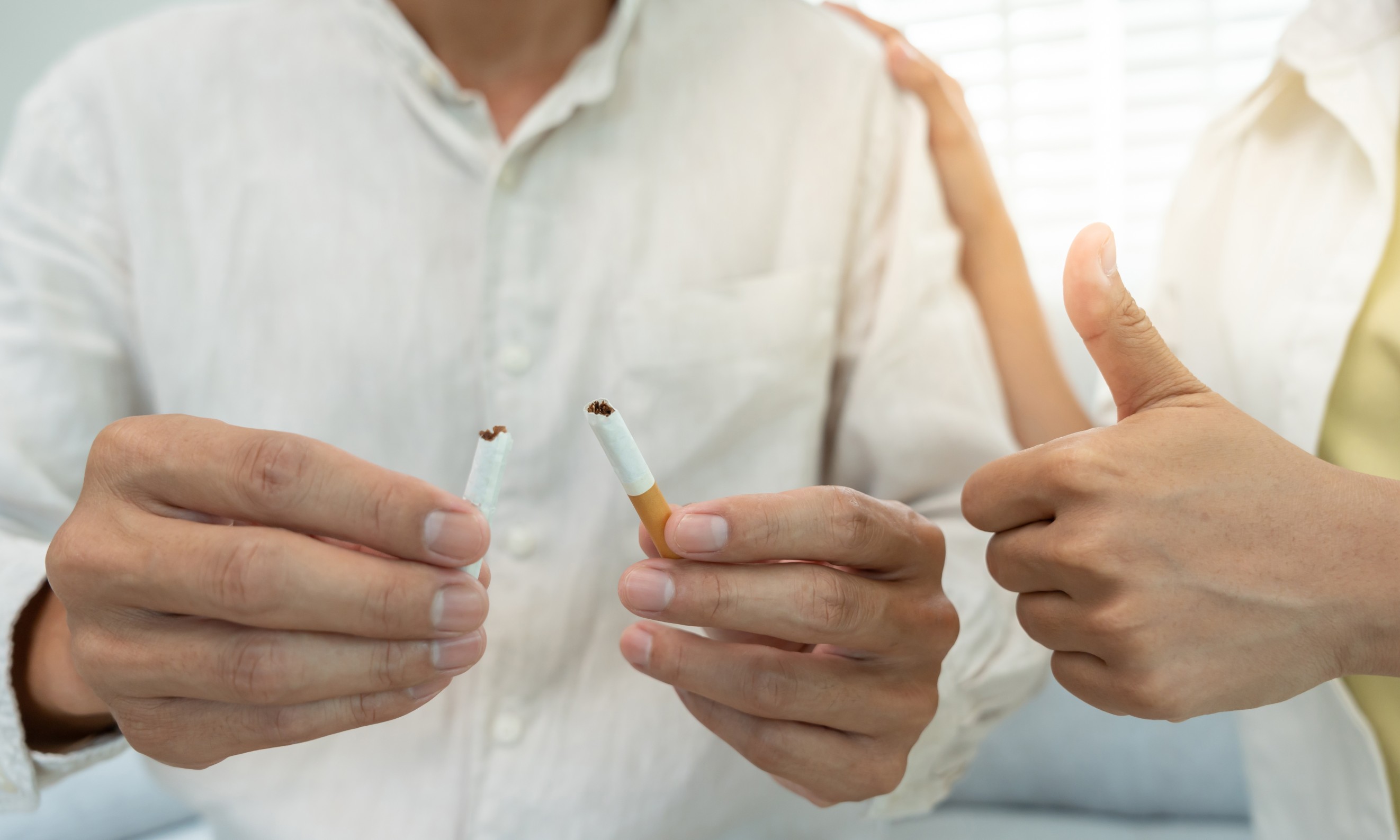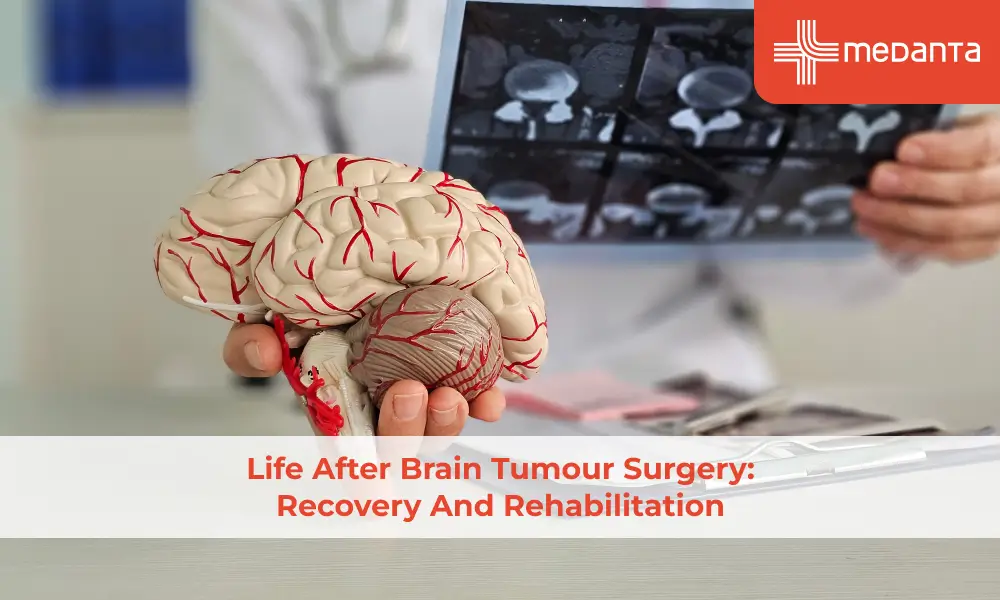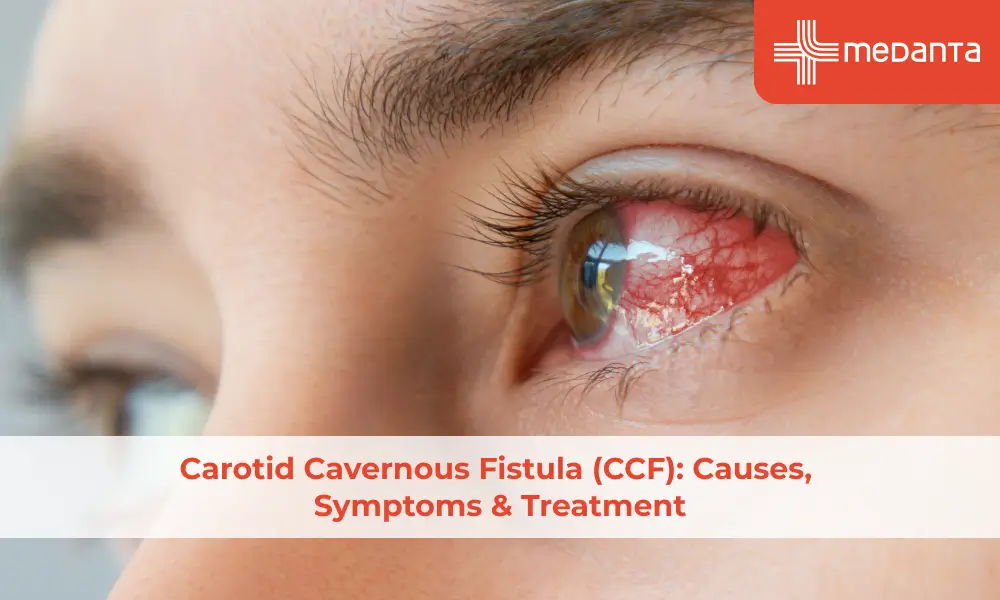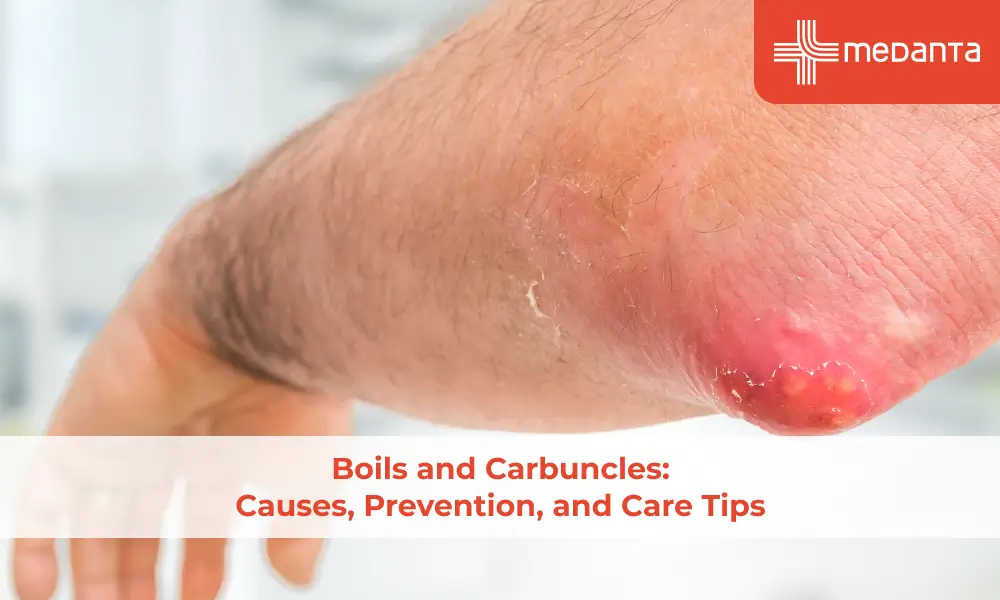Lung Cancer: Symptoms, Causes, and Prevention

Lung cancer is a severe and life-threatening disease caused by abnormal cell growth in the lungs. It is one of the primary causes of cancer-related deaths worldwide, with millions of new cases diagnosed yearly. While lung cancer treatment has improved recently, prevention is always the best approach. This blog post will explore lung cancer prevention in detail, including its causes, symptoms, and types.
Causes of Lung Cancer
Lung cancer can develop due to various factors, and while smoking is a leading cause, it’s not the only one. Here’s a closer look at the key causes, presented in a relatable way:
Smoking and Second-Hand Smoke:
Smoking is the most common cause of lung cancer. Inhaling cigarette smoke introduces harmful chemicals that damage lung cells over time, leading to abnormal growth.
Even if you don’t smoke, second-hand smoke can be just as dangerous. Being around smokers—whether at home or in social settings—exposes you to these harmful substances, increasing your risk.
Exposure to Hazardous Substances:
Substances like asbestos, often found in older buildings, pose a hidden danger. When inhaled, asbestos fibres can settle in the lungs and cause long-term damage, eventually leading to cancer.
Radon gas, a naturally occurring but invisible and odourless gas, can accumulate in homes and workplaces, especially in poorly ventilated spaces. Breathing in high levels of radon over time significantly raises the risk of lung cancer.
Air Pollution:
Living in areas with high air pollution—whether it’s from industrial emissions, car exhaust, or burning fuels—puts stress on your lungs every day. Tiny particles in polluted air can settle deep into your lung tissue, causing damage that might not show up for years.
This is particularly concerning for non-smokers, as exposure to polluted air alone can increase the risk of lung cancer.
Family History and Genetics:
Sometimes, lung cancer runs in families. If a close relative has had the disease, your chances of developing it may be higher, even without exposure to smoking or environmental hazards. Genetics can sometimes play a larger role than lifestyle.
Symptoms of Lung Cancer
The symptoms of lung cancer can vary depending on the stage of the disease. In the early phases, there may be no symptoms at all. As the disease progresses, symptoms may include:
Persistent coughing, often with blood or rust-coloured sputum
Chest pain gets worse with deep breathing, coughing, or laughing
Hoarseness or wheezing
Shortness of breath
Unexplained weight loss
Fatigue
It is important to note that other conditions can also cause these symptoms, so it is essential to see a doctor for a proper diagnosis.
Lung Cancer Prevention
Here are some precautionary measures you can take to reduce your risk of lung cancer:
Quit Smoking

Smoking is the leading cause of lung cancer and one of the most preventable risk factors for this deadly disease. When you smoke, the chemicals in cigarette smoke directly harm the delicate cells lining your lungs. Over time, these damaged cells can grow abnormally, leading to cancer. The risk of developing lung cancer is closely linked to the number of cigarettes you smoke daily and the duration of your smoking habit. The longer and more frequently you smoke, the greater the damage to your lungs.
Beyond lung cancer, smoking significantly increases the risk of other severe health conditions. It is a major contributor to heart disease, stroke, and respiratory illnesses such as chronic bronchitis and emphysema. Smoking also weakens your immune system, making it harder for your body to fight off infections and recover from illnesses. These cumulative effects highlight the urgency of quitting smoking for better health and longer life.
Resources to Help You Quit
For those ready to quit smoking, numerous resources and support systems are available. Here’s how you can get started:
Consult Your Doctor:
Your healthcare provider can assess your smoking habits and recommend the best cessation strategies tailored to your needs. They may prescribe nicotine replacement therapy (NRT) or medications to help manage withdrawal symptoms.
Join Smoking Cessation Programs:
Many hospitals and clinics offer specialised programs that provide education, tools, and support to help you quit. These programs often combine counseling with behavioral therapies to increase success rates.
Seek Support Groups:
Sharing your journey with others who are going through the same experience can be incredibly motivating. Support groups create a safe space to exchange tips, celebrate milestones, and overcome challenges.
Use Quitlines and Online Resources:
Many organisations, such as the World Health Organization (WHO) and local health departments, offer telephone quitlines and online tools. These resources provide personalised advice, motivational content, and ongoing support.
Build a Support System:
Inform family and friends about your decision to quit. Their encouragement can make a significant difference in staying on track.
Avoid Second-hand Smoke
If you are a non-smoker, avoiding exposure to second-hand smoke is essential. Second-hand smoke is exhaled by a smoker or comes from a burning cigarette, cigar, or pipe. Second-hand smoke contains many of the same harmful chemicals as direct smoke, increasing the risk of lung cancer and other health problems.
To avoid second-hand smoke, it is essential to avoid places where people smoke, such as bars, restaurants, and other public places. If it is not possible to avoid them, smokers should be encouraged to quit smoking. They can also smoke outside or in a designated smoking area away from others.
Reduce Exposure to Harmful Substances
Exposure to harmful substances such as asbestos, radon, and air pollution can increase the risk of developing lung cancer. Asbestos is a fibrous mineral commonly used in building materials before its health risks were understood. Radon is a naturally available radioactive gas that can seep into buildings from the ground. In addition, various sources, including vehicle emissions, power plants, and industrial processes, cause air pollution.
If someone works in an industry exposed to harmful substances, such as construction or mining, it is vital to take precautions to reduce the exposure. This may include wearing protective gear or taking steps to improve ventilation in the workplace. In addition, if you are concerned about the air quality in your home, you can have it tested for radon and take steps to improve ventilation.
Get Regular Health Check-ups
Regular health check-ups can help detect lung cancer early when it is most treatable. If the patient is at increased risk of developing lung cancer, your doctor may recommend regular screenings, such as a low-dose CT scan. High-risk individuals include current or former smokers, those exposed to asbestos or radon, and those with a family history of lung cancer.
If any symptoms of lung cancer are present, such as persistent coughing, chest pain, or shortness of breath, one must see a doctor as soon as possible. Early detection and treatment can significantly improve the outcome of lung cancer.
Eat a Healthy Diet
A healthy diet can reduce the risk of cancer, including lung cancer. Eating a diet rich in fruits, whole grains, vegetables, and lean protein can help. Processed foods and intake of red and processed meat should be avoided. Foods high in antioxidants, such as spinac, and tomatoes, may be particularly beneficial in reducing the risk of lung cancer.
Wrapping Up
Lung cancer is a severe and life-threatening disease but is also largely preventable. If you reduce exposure to harmful substances, quit smoking, and get regular health check-ups, you can help reduce your risk of developing lung cancer. In addition, if you are experiencing any symptoms of lung cancer, visit your nearest super-specialty hospital as soon as possible! With early detection and treatment, lung cancer can be successfully treated.
FAQs
1. What is the single most effective way to reduce my risk of lung cancer?
Quitting smoking is the most effective way to lower your risk. Tobacco smoke is the leading cause of lung cancer, and stopping smoking can significantly improve your respiratory health.
2. Can exposure to secondhand smoke cause lung cancer?
Yes, prolonged exposure to secondhand smoke increases the risk of lung cancer. Avoiding environments with smoke is crucial for protecting your lungs.
3. Can radon gas exposure increase my risk of lung cancer?
Yes, radon gas is a leading cause of lung cancer in non-smokers. Test your home for radon levels and install a mitigation system if needed.
4. Is vaping safer than smoking for lung health?
No, vaping is not risk-free. It can still damage lung tissue and has been linked to severe respiratory issues. Avoid vaping to protect your lungs.
5. How often should I get screened for lung cancer?
High-risk individuals, such as heavy smokers, should discuss annual low-dose CT scans with their doctor to detect lung cancer early.
Citations
Air pollution and your health. (n.d.). National Institute of Environmental Health Sciences. https://www.niehs.nih.gov/health/topics/agents/air-pollution
Asbestos exposure and cancer risk fact sheet. (2021, May 20). Cancer.gov. https://www.cancer.gov/about-cancer/causes-prevention/risk/substances/asbestos/asbestos-fact-sheet
Centers for Disease Control and Prevention (US). (2010). Pulmonary diseases. How Tobacco Smoke Causes Disease: The Biology and Behavioral Basis for Smoking-Attributable Disease - NCBI Bookshelf. https://www.ncbi.nlm.nih.gov/books/NBK53021/
Coté, M. L., Liu, M., Bonassi, S., Neri, M., Schwartz, A. G., Christiani, D. C., Spitz, M. R., Muscat, J. E., Rennert, G., Aben, K. K., Andrew, A. S., Bencko, V., Bickeböller, H., Boffetta, P., Brennan, P., Brenner, H., Duell, E. J., Fabianova, E., Field, J. K., . . . Hung, R. J. (2012). Increased risk of lung cancer in individuals with a family history of the disease: A pooled analysis from the International Lung Cancer Consortium. European Journal of Cancer, 48(13), 1957–1968. https://doi.org/10.1016/j.ejca.2012.01.038
Cruz, C. S. D., Tanoue, L. T., & Matthay, R. A. (2011). Lung Cancer: Epidemiology, etiology, and Prevention. Clinics in Chest Medicine, 32(4), 605–644. https://doi.org/10.1016/j.ccm.2011.09.001
Kim, C. H., Lee, Y. A., Hung, R. J., McNallan, S. R., Cote, M. L., Lim, W., Chang, S., Kim, J. H., Ugolini, D., Chen, Y., Liloglou, T., Andrew, A. S., Onega, T., Duell, E. J., Field, J. K., Lazarus, P., Marchand, L. L., Neri, M., Vineis, P., . . . Zhang, Z. (2014). Exposure to secondhand tobacco smoke and lung cancer by histological type: A pooled analysis of the International Lung Cancer Consortium (ILCCO). International Journal of Cancer, 135(8), 1918–1930. https://doi.org/10.1002/ijc.28835
Qiu, F., Liang, C., Liu, H., Zeng, Y., Hou, S., Huang, S., Lai, X., & Dai, Z. (2016). Impacts of cigarette smoking on immune responsiveness: Up and down or upside down? Oncotarget, 8(1), 268–284. https://doi.org/10.18632/oncotarget.13613
Riudavets, M., De Herreros, M. G., Besse, B., & Mezquita, L. (2022). Radon and lung cancer: current trends and future perspectives. Cancers, 14(13), 3142. https://doi.org/10.3390/cancers14133142
Sun, Y., Li, Z., Li, J., Li, Z., & Han, J. (2016). A healthy dietary pattern Reduces lung Cancer Risk: A Systematic Review and Meta-Analysis. Nutrients, 8(3), 134. https://doi.org/10.3390/nu8030134
Walser, T., Cui, X., Yanagawa, J., Lee, J. M., Heinrich, E., Lee, G., Sharma, S., & Dubinett, S. M. (2008). Smoking and lung cancer: the role of inflammation. Proceedings of the American Thoracic Society, 5(8), 811–815. https://doi.org/10.1513/pats.200809-100th






